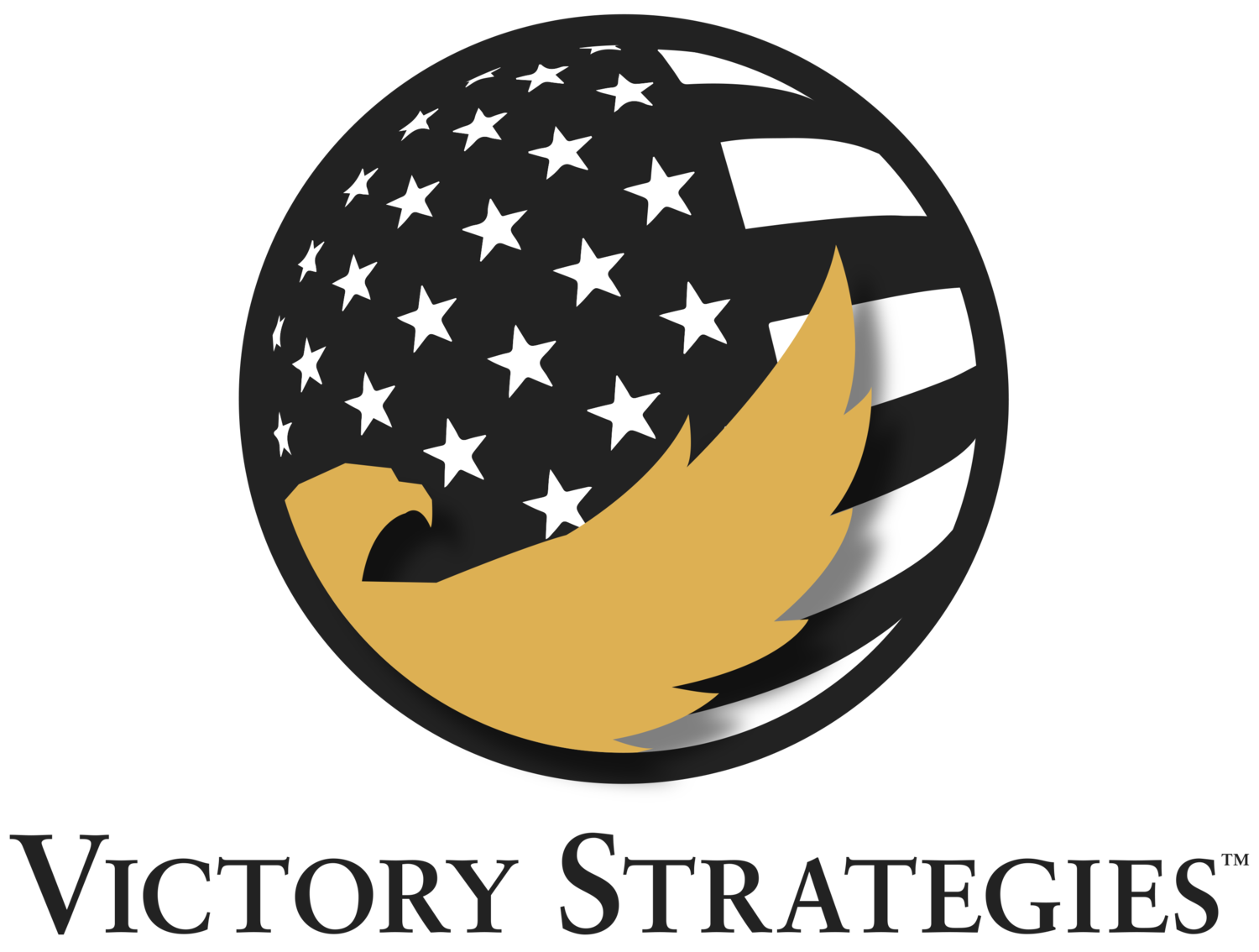One of the things I miss most about being in uniform is the camaraderie I felt with my fellow service members almost immediately upon arriving at a new organization. Over a 33-year career, this shared bond made each assignment a little easier, knowing I would quickly find people with common experiences and a shared purpose whenever I joined a team. These connections are a big part of what made military service so meaningful to me and I wouldn’t trade them for anything. Yet, over time, I realized that if left unchallenged, my comfort with teammates who shared similar experiences and thought processes could sometimes limit my openness to other perspectives.
Challenge Your Comfort Zone
Affinity bias is the tendency to favor people with whom we share similarities, whether in thinking, background, interests, or experiences, and creates a sense of validation and belonging. It makes us feel more connected and at ease with people who reflect our own perspectives, and it often drives decision-makers to build teams made up of those they find most relatable. While this level of comfort can foster teamwork, it can also limit diversity of thought and reduce overall effectiveness by preventing us from considering alternative points of view.
As a leader, you set the conditions for success. Creating an environment where new ideas and different perspectives are not only welcome but encouraged is key to achieving that success. Although it took me some time to see this, I came to recognize the importance of actively seeking out teammates with perspectives different from my own to encourage better, more innovative outcomes. This realization also led me to rely on teammates with varied viewpoints to help identify and cover my blind spots.
For example, when I served as Director of Personnel, my entire team consisted of experts in a career field with which I had little experience. Imagine how counterproductive it would have been to attempt to lead in that environment if I only considered perspectives that aligned with my own. What would we have missed if I had dismissed or discouraged those on the team brave enough to present a different point of view? We learn the most from people who see the world differently than we do, so I encourage you to seek out people who challenge your comfort zone and to value those who bring new ideas and approaches.
My incredible team during my time as Director of Personnel—this group taught me the value of many perspectives in action.
Focus Areas for Leaders
The next time you start questioning a team member’s approach, take time to understand what drives them. When building a team, consider not just the skills you already have but those you might be missing. You may find yourself valuing their contributions rather than feeling frustrated by them. Ask yourself:
Am I defensive when my ideas are challenged?
Where might my team have gaps in awareness or experience?
How can I actively recruit people to fill those gaps?
These questions can help you identify missing skills and encourage team members who have unique perspectives to share their points of view. Here are a few invaluable traits that leaders can seek out to create a well-rounded team:
Disruptors – Bold and creative, they challenge norms and push boundaries to drive innovation. They’re risk-takers who see potential for improvement and aren’t afraid to disrupt the status quo.
Analyzers – Detail-oriented and methodical, analyzers thrive on data and facts. They are excellent at problem-solving and making evidence-based decisions but may need time to process information before acting.
Intellectuals – Deep thinkers and curious learners, intellectuals enjoy exploring complex problems and thinking conceptually. They often approach work with a desire for understanding and mastery.
Collaborators – Team-oriented and cooperative, collaborators enjoy working in groups and value consensus. They are inclusive and skilled at bringing people together toward common goals.
Visionaries – Future-focused and imaginative, visionaries are strategic thinkers who can see the big picture. They’re ideal for roles that require innovation and long-term planning.
Pragmatists – Realistic and grounded, pragmatists focus on what’s achievable. They’re practical problem-solvers who look for workable solutions and avoid unnecessary risks.
Conclusion
The world is perceived through many different lenses, and sometimes we miss valuable perspectives when we only receive input from those who think like us. Embracing diversity in thinking makes teams stronger, and the outcomes are often far more robust and well-rounded.
So, the next time a team member’s approach throws you off, take a moment to learn what drives them. You may find that what you once saw as a challenge could be your team’s greatest asset.
Authored by: April Vogel, Director


